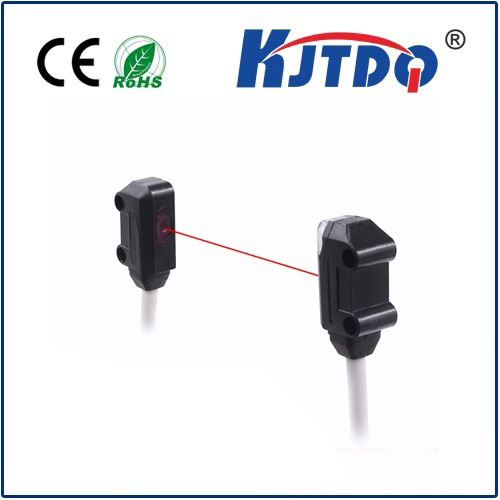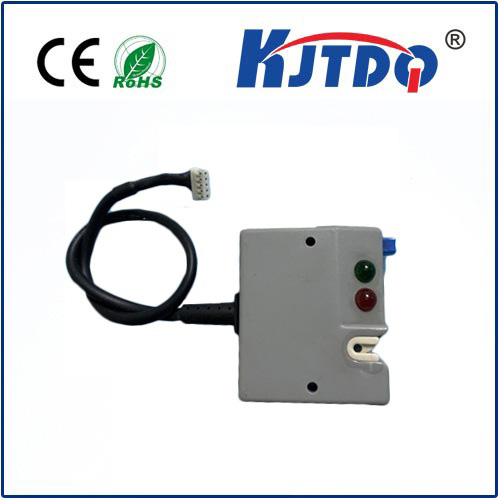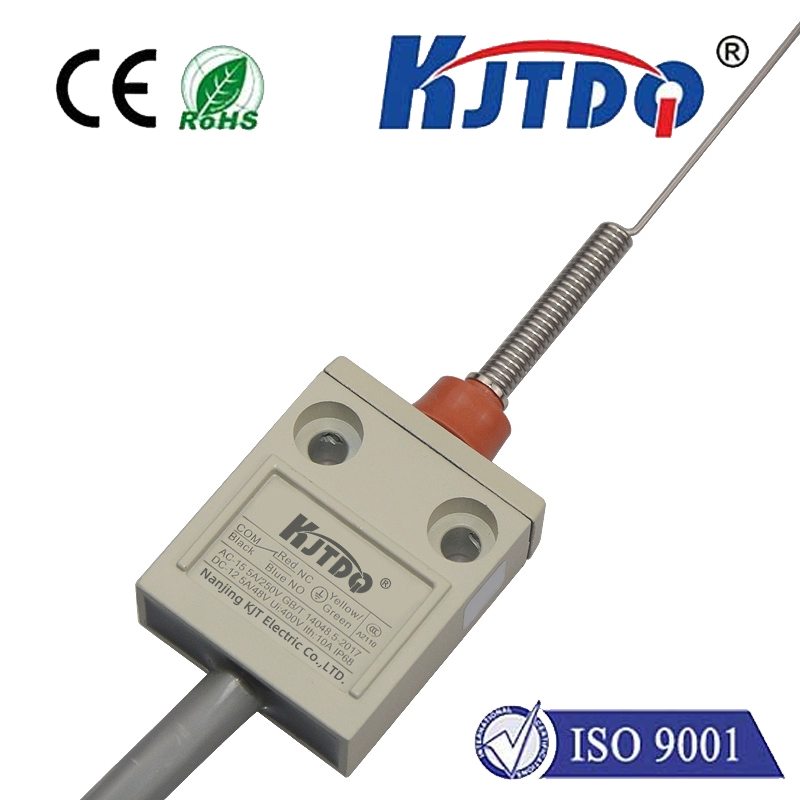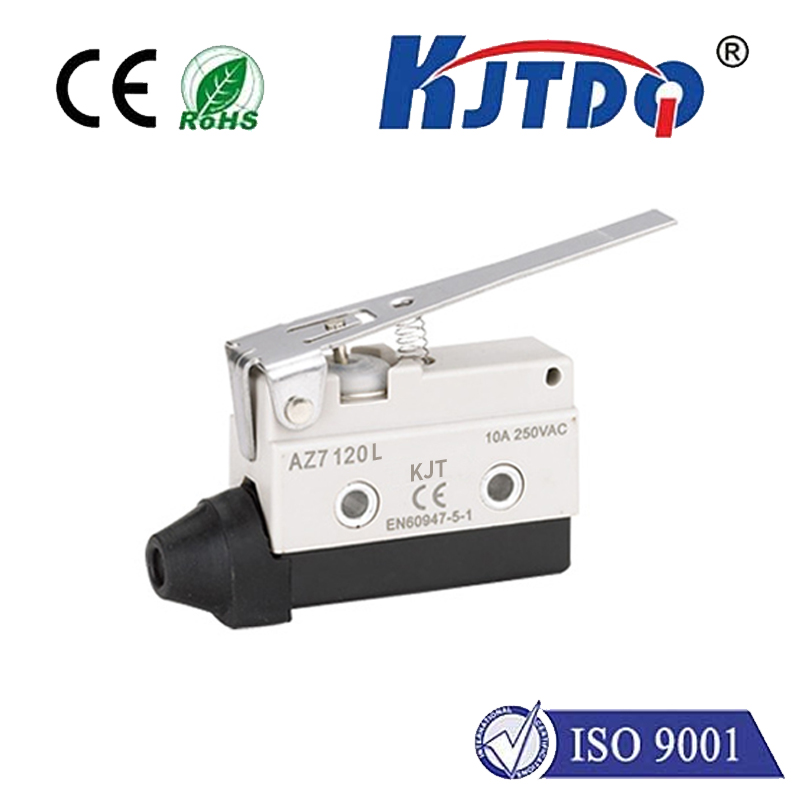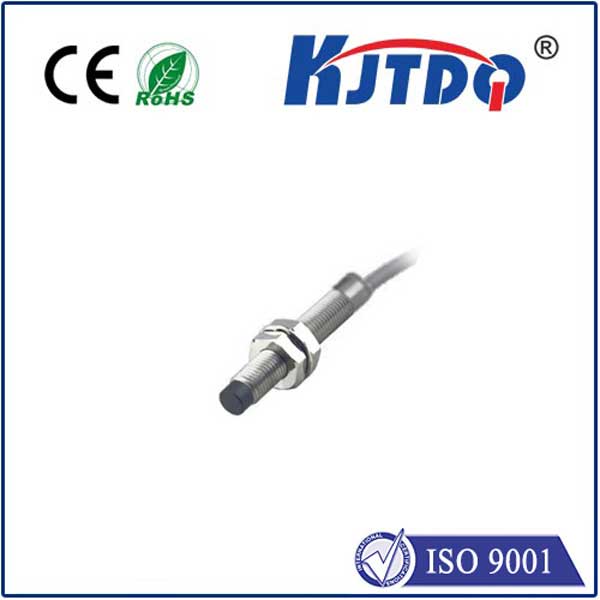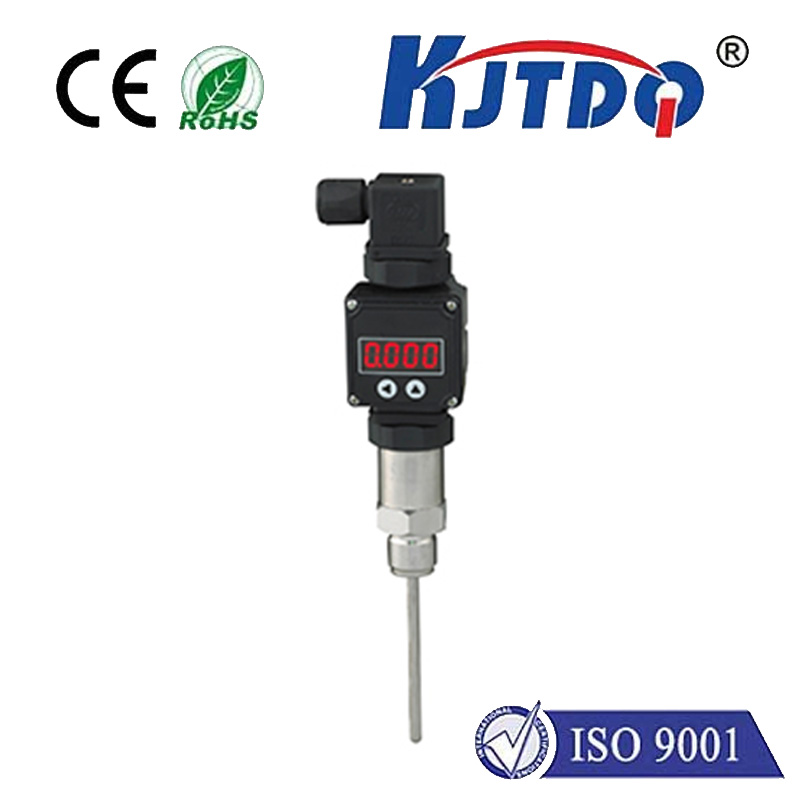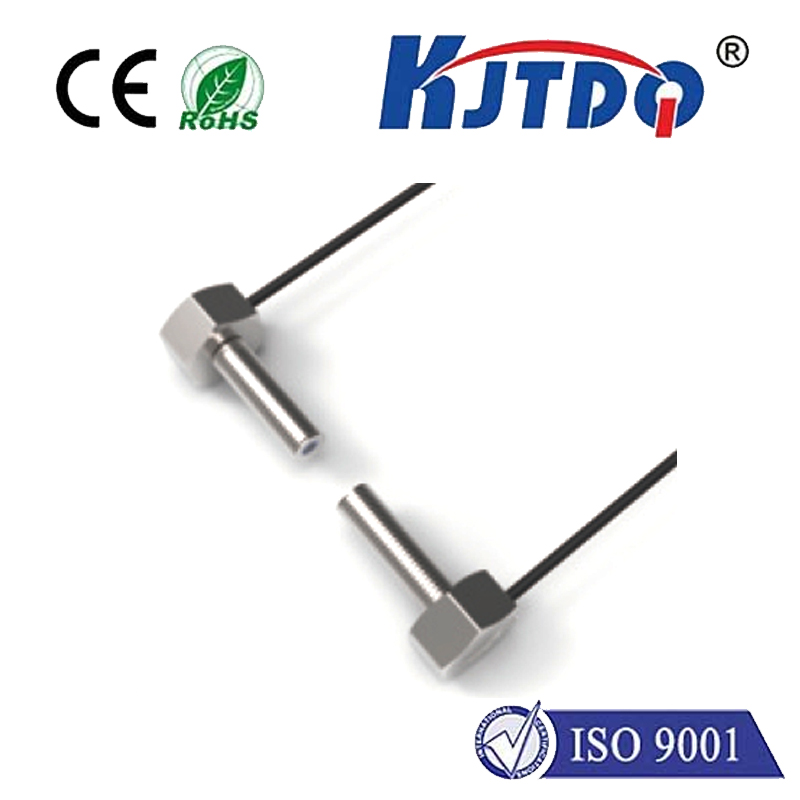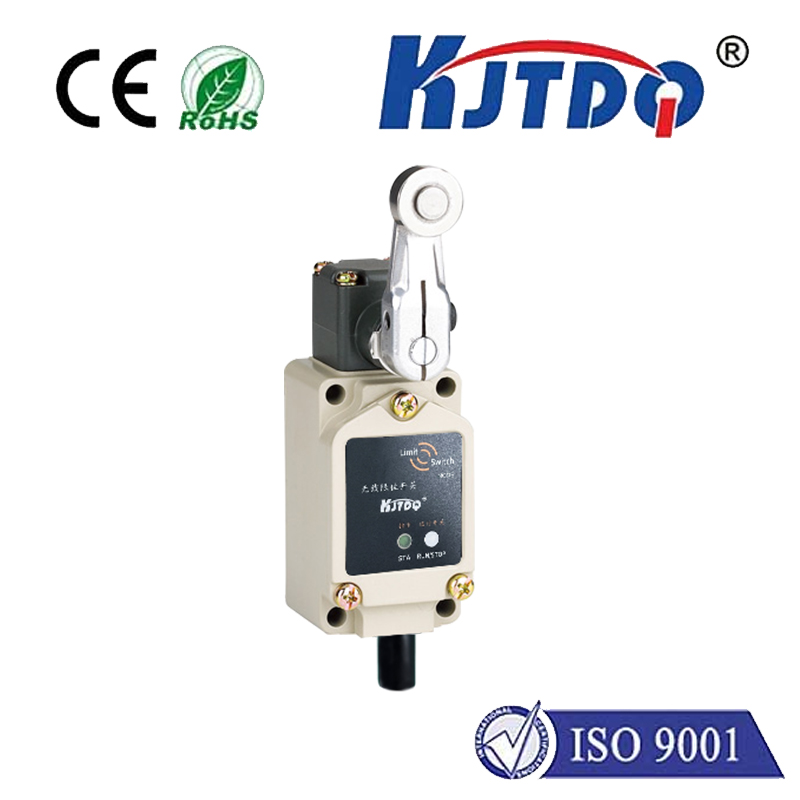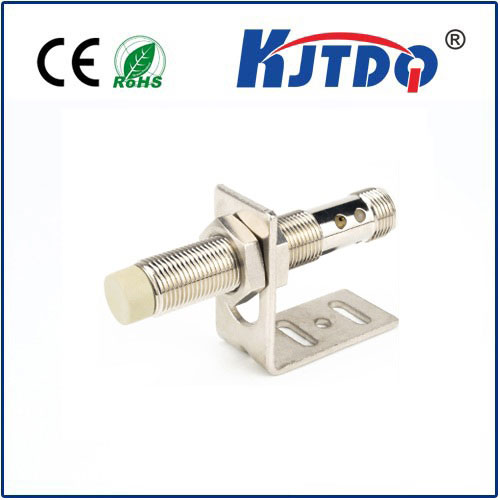
check

check

check

check
The 5V inductive sensor is a ubiquitous component in many electronic devices, from simple timers to complex robotic systems. At its core, an inductive sensor uses a magnetic field to interact with a coil of wire, causing it to rotate or switch states. This interaction is measured using a voltage or current signal, which can be used to determine the direction, position, or distance of an object.
One of the key advantages of inductive sensors is their versatility. They can detect a wide range of magnetic fields, from weak alternating currents to strong direct currents. This makes them well-suited for a variety of applications, from measuring temperature fluctuations in industrial processes to detecting changes in magnetic fields caused by moving objects.
Another advantage of inductive sensors is their simplicity. Unlike other types of sensors such as pressure sensors or light sensors, inductive sensors do not require any specialized components or complex circuitry. They can be easily integrated into existing systems and provide fast and reliable feedback.
Despite their many benefits, inductive sensors do have some limitations. For example, they are sensitive to changes in the magnetic environment, such as interference from other magnets or electromagnetic fields. They also have a limited range, meaning that they cannot detect objects too far away or too close to the sensor.
In conclusion, the 5V inductive sensor is a powerful tool for measuring and detecting magnetic fields. Its versatility, simplicity, and reliability make it widely used in a variety of industries and applications. While it may have some limitations, these can be overcome through careful design and optimization.
